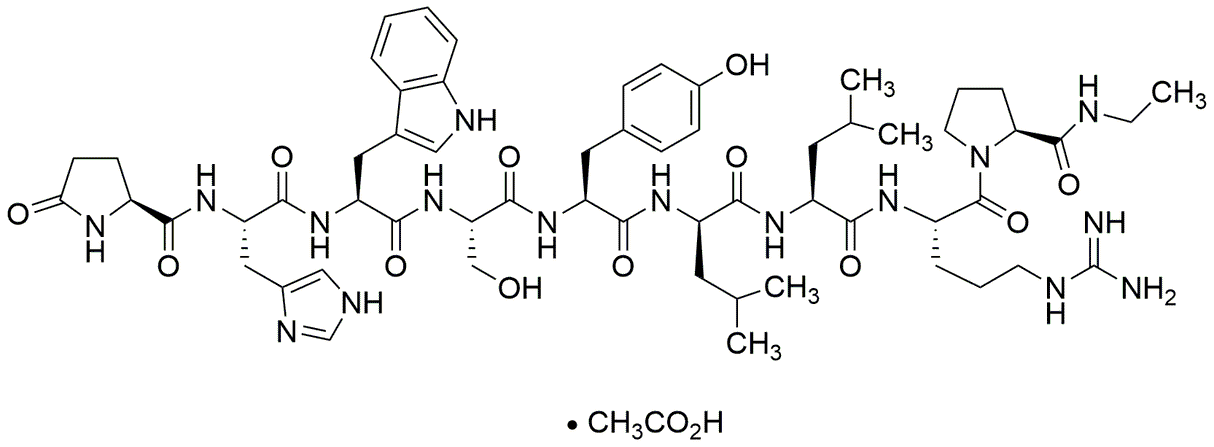Pemirolast potassium hydrate is widely utilized in research focused on:
- Allergy Treatment: This compound is effective in managing allergic conditions, particularly allergic conjunctivitis, by stabilizing mast cells and preventing the release of histamine.
- Anti-Inflammatory Applications: It is used in formulations aimed at reducing inflammation in various conditions, making it valuable in dermatology and ophthalmology.
- Research on Mast Cell Stabilizers: Researchers utilize it to study the mechanisms of mast cell activation and stabilization, contributing to the development of new therapeutic strategies for allergic diseases.
- Formulation Development: In the pharmaceutical industry, it serves as a key ingredient in eye drops and topical treatments, enhancing patient compliance due to its efficacy and safety profile.
- Comparative Studies: Its unique properties allow for comparative studies with other mast cell stabilizers, providing insights into their relative effectiveness and potential side effects.
General Information
Properties
Safety and Regulations
Applications
Pemirolast potassium hydrate is widely utilized in research focused on:
- Allergy Treatment: This compound is effective in managing allergic conditions, particularly allergic conjunctivitis, by stabilizing mast cells and preventing the release of histamine.
- Anti-Inflammatory Applications: It is used in formulations aimed at reducing inflammation in various conditions, making it valuable in dermatology and ophthalmology.
- Research on Mast Cell Stabilizers: Researchers utilize it to study the mechanisms of mast cell activation and stabilization, contributing to the development of new therapeutic strategies for allergic diseases.
- Formulation Development: In the pharmaceutical industry, it serves as a key ingredient in eye drops and topical treatments, enhancing patient compliance due to its efficacy and safety profile.
- Comparative Studies: Its unique properties allow for comparative studies with other mast cell stabilizers, providing insights into their relative effectiveness and potential side effects.
Documents
Safety Data Sheets (SDS)
The SDS provides comprehensive safety information on handling, storage, and disposal of the product.
Product Specification (PS)
The PS provides a comprehensive breakdown of the product’s properties, including chemical composition, physical state, purity, and storage requirements. It also details acceptable quality ranges and the product's intended applications.
Certificates of Analysis (COA)
Search for Certificates of Analysis (COA) by entering the products Lot Number. Lot and Batch Numbers can be found on a product’s label following the words ‘Lot’ or ‘Batch’.
Número de catálogo
Número de lote/lote
Certificates Of Origin (COO)
This COO confirms the country where the product was manufactured, and also details the materials and components used in it and whether it is derived from natural, synthetic, or other specific sources. This certificate may be required for customs, trade, and regulatory compliance.
Número de catálogo
Número de lote/lote
Safety Data Sheets (SDS)
The SDS provides comprehensive safety information on handling, storage, and disposal of the product.
DownloadProduct Specification (PS)
The PS provides a comprehensive breakdown of the product’s properties, including chemical composition, physical state, purity, and storage requirements. It also details acceptable quality ranges and the product's intended applications.
DownloadCertificates of Analysis (COA)
Search for Certificates of Analysis (COA) by entering the products Lot Number. Lot and Batch Numbers can be found on a product’s label following the words ‘Lot’ or ‘Batch’.
Número de catálogo
Número de lote/lote
Certificates Of Origin (COO)
This COO confirms the country where the product was manufactured, and also details the materials and components used in it and whether it is derived from natural, synthetic, or other specific sources. This certificate may be required for customs, trade, and regulatory compliance.

